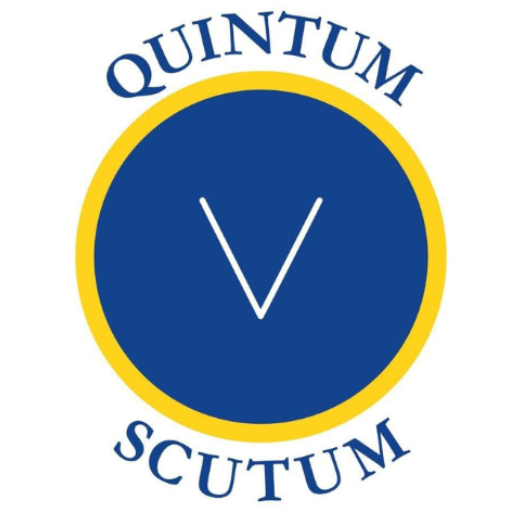Physical Address
Indirizzo: Via Mario Greco 60, Buttigliera Alta, 10090, Torino, Italy
Physical Address
Indirizzo: Via Mario Greco 60, Buttigliera Alta, 10090, Torino, Italy

When its designers confined themselves for almost three years to writing it, article after article, they were far from thinking that they were going to deliver the longest Constitution of modern times. The text, written in several local languages, is composed of 395 articles, 114 amendments, for a total of 117,369 words in its English language version.
Only the ancient Assyrians had achieved a similar feat by establishing a code of conduct which served as the fundamental law of their empire in Mesopotamia.
The extent of the Indian territory, the disparity between States and provinces, the demographic scale, the cultural, linguistic and religious diversity as well as the social complexity pushed the 289 members of the constituent assembly, including numerous representatives from all strata of the emerging country, to examine every detail, every aspect of society.
The repercussions of the partition of 1947 which gave rise to the birth of Pakistan was one of the challenges faced by the drafters of the fundamental law to pave the way for the birth of the sovereign, socialist, secular and democratic Indian Republic. But the most important thing was to reconcile all the political and social microcosm of a country which is distinguished by a mosaic and ancestral culture where Hinduism, Islam, Christianity, Sikhism and other beliefs coexist.
The titanic work accomplished by the representatives of the assembly, meeting in New Delhi from December 9, 1946, certainly gave rise to a very comprehensive constitution which has shaped the future of India since November 26, 1949, but only one person left his mark on the creation of this sacred text. This is Bhimrao Ramji Ambedkar, a brilliant jurist from the untouchable caste, a disadvantaged social class also called the Dalit or Harijans.
However, the architects of the constitution then wanted to send a symbolic message: to break the caste system and establish a fair and equitable democratic environment in which every Indian citizen enjoys the same rights regardless of their social, cultural or religious substrate. All equal before the law, men and women.
It is in this spirit that the Indian embassy in Algiers celebrated this Wednesday the grandiose work of the founding fathers of independent India, in the presence of senior Algerian officials, diplomats and other distinguished guests including the vice-president of the Senate, Rabah Baghali, the president of the group at the popular assembly of Algerian-Indian friendship Othman Fouad, the ambassadors of Finland, Russia and Japan as well as the charge d’affaires of the embassy of the Sultanate of Oman.

Rabah Baghali next to the Indian ambassador
With photo albums and videos retracing the adventures, guests were invited to go behind the scenes of the creation of India’s founding document.
In a speech, the Ambassador of India, Ms. Swati Vijay Kulkarni, affirmed that the Constitution which established true democracy in India remains a compass for all the Indian people in their diversity.
She added that this date is also a moment to reaffirm the foundation of the Indian nation laid down by the founders, namely freedom, equality, justice and the predominance of law. According to her, it is also a reminder that November 26, 1949 marked the path to the birth of the Indian republic on January 26, 1950.
This celebration also constitutes an opportunity to promote this constitution as a model for lawyers and politicians because it is able to serve as a reference model to examine for companies seeking legal benchmarking.